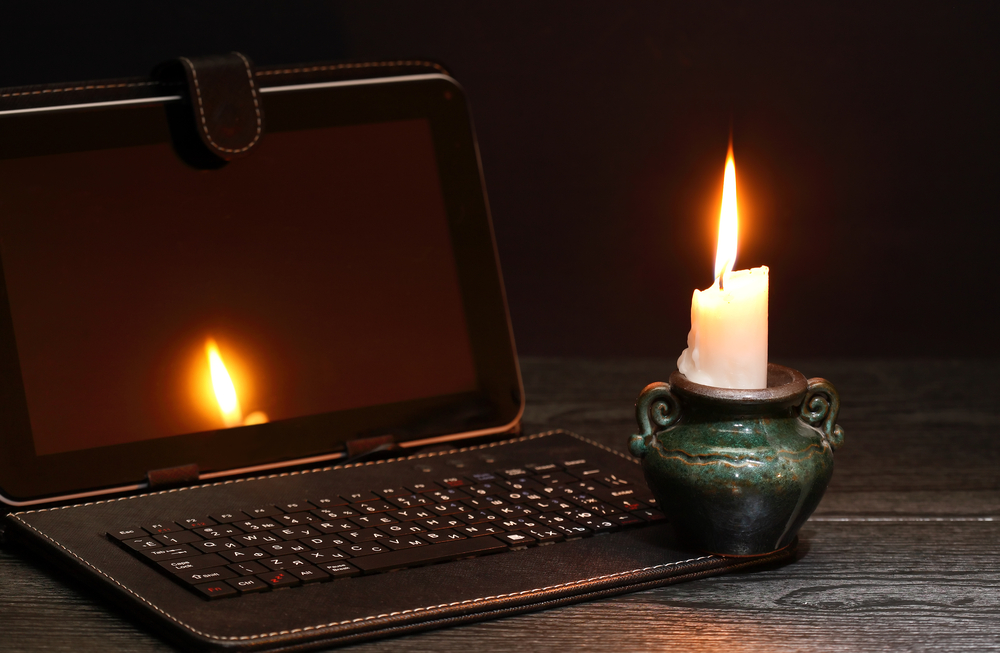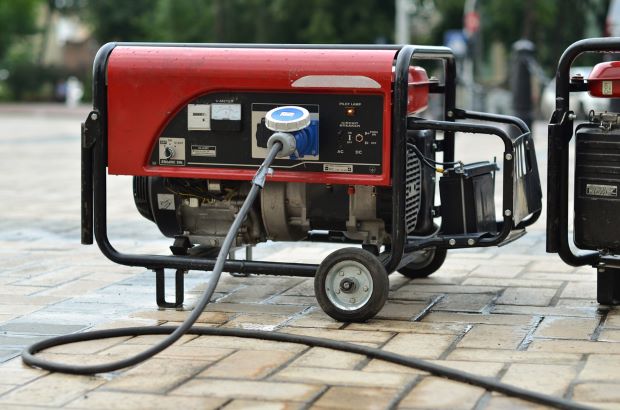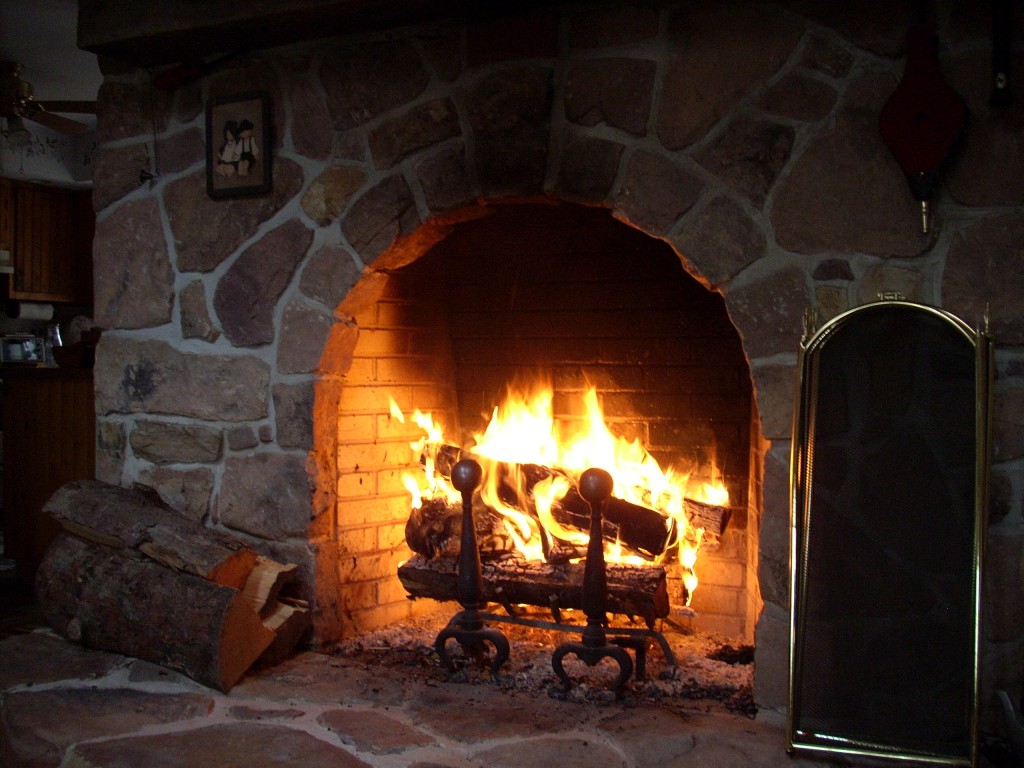The failure of the power grid in Texas that happened this year showed us how much our modern technology is vulnerable. Even more, not having a preparedness plan for blackouts can end up costing lives, as we’ve all seen on the news.
As preppers, we learned that we should never take things for granted and we shouldn’t count on technology too much since we can’t predict when it may fail us.
Perhaps you’ve already thought about what you and your families will do during a blackout. You might have implemented specific measures to make sure you and yours will be safe when the proverbial brown stuff hits the fan. Nevertheless, the following tips are some of the best preventive measures you should consider, and there’s still time to implement them if you haven’t done so already.
1.Do an efficiency test
Every house needs an efficiency check to establish how energy-efficient the structure you call “home” is. The best way to go about this would be to hire an energy expert to do all the work since such personnel can establish where your home is losing heat and what you need to do to fix the problem. They will also tell you what type of insulation you need o to add based on the construction type of your home, what sealant you need for doors and windows, and so on.
An efficiency test will not only tell you about the flaws of your home, but it will also help you save money in the long run by fixing the identified problems. For example, even upgrading your current windows with more efficient ones will cut down your energy bill. The goal is to have a properly insulated home that can maintain its interior temperature for long periods during extended blackouts.
2.Consider purchasing a generator
The average American family has a generator or plans to get one “just in case.” The problem with generators is that most people buy more than one because their initial purchase was mainly an impulsive, unresearched buy.
Before buying a generator, there’s some planning needed, and you have to calculate your power needs. Then, you can buy a large one that can power your entire home, or you can pick a smaller one that will run your stove, lights, and perhaps your refrigerator.
Think about what the generator will be used for since things may not be evident at first. For example, running a space heater is a great idea, but it draws much more power than heated blankets. Likewise, your kids’ game console and TV will not be a priority, but leaving them without entertainment for a week may not be ideal for some.
Even more, think about portability. You may want a generator that you can carry if you need to evacuate or wish to install one in a place with more power and cover all your electricity needs. How about fuel? Do you have a gas cache, or do you have to borrow from your neighbors?
3.Install solar panel
Compared to ten or twenty years ago, solar panels are now dirt cheap and are an ideal solution for any home, regardless of the state you live in. Install some that provide power through an inverter or a more complex system that can charge and maintain a bank of deep-cycle batteries.
This is an investment that you will benefit from all year round, not only during blackouts. It will help you save money, and it requires little maintenance. There are all sorts of kits and DIY projects available that do not require professional expertise. However, once again, you need to establish your power needs before making a purchase. Think about what you need to power and what would be nice to have running during an emergency.
You can even get a portable solar kit to charge various devices and have a power bank ready at any time. Of course, the price for such kits can vary from just a few hundred dollars to a few thousand, but the fact that you can take them with you when you evacuate and see that such kits are reliable and silent is worth all the money, in my opinion.
4.Conserve the heat
Keeping the doors and windows closed a much as possible will help conserve heat in the room you spend most of your time during a blackout. However, you also need to take care of doorway drafts by blocking them with towels, clothing, or even duct tape.
A close friend living in Houston told me that he insulated his living room using cardboard and bubble wrap. He taped a lot of cardboard on the walls to create a thermal layer between the cold walls and the warm air inside his home. He also covered the windows with bubble wrap to prevent heat from escaping through the glass pane while at the same time letting light in without obstructing the windows too much.
I’ve read about people moving all their rugs in one living room and using them to insulate the entire room, while others used blankets to protect both the floor and the walls. You can even use space blankets on the walls and ceiling to prevent heat from escaping the room.
The idea here is to insulate all parts of the room in which your family spends most of the time to provide a level of comfort that makes everyone feel safe and warm. But, of course, you would have to be creative about it and use whatever is necessary if you didn’t manage to prepare for a winter blackout scenario.
5.Move underground
If you have a basement or a below-ground room, such places may end up being your salvation since these will be the best rooms in the house, provided lighting isn’t an issue. In addition, moving at least 6 feet beneath ground level will help you stay warm since the surrounding earth will help insulate the living pace.
The average basement temperature is somewhere between 50- and 60-degrees F, both day and night. So you can imagine that such space can be quickly heated if you use proper methods without putting yourself at risk.
To spare batteries or electricity that would be needed to light the basement during the day, it would be advised to use that space only at night. Spend your time on another house level and use the basement only when you cannot endure the cold.
6.Use additional heating sources
Some people will use various heat sources to get that much-needed warmth in their homes, and a wood-burning stove is perhaps the number one choice for many. However, most opt for one of those old Ben Franklin stoves or their modern counterparts since they can be used for cooking and heating.
Some folks use a pellet stove since such stoves are fed pellets made from compressed sawdust through a hopper that saves the manual loading labor. Regardless of what stove you pick, you may want to consider adding a reflector behind it to distribute the heat properly. The main problem with these stoves is that you need to make sure the stovepipe is installed correctly and has an outdoor vent.
If you have a fireplace, you can use it to warm the room, but you have to consider that most of the heat is lost in the chimney, and you will burn a lot of wood to make a reasonable difference in air temperature. So instead, you can look for a fireplace insert designed to recirculate hot air back into the room. Still, in my opinion, a fireplace is not a viable heat source during an extended blackout.
One option would be to use propane or kerosene heaters since these are designed with a canister that allows the burner to work for at least 5 hours on the low setting. Also, look for models that can accommodate a second canister to have some spare fuel in case needed, and make sure the model you picked is approved for indoor use. Also, keep in mind that fuel canisters will be in high demand during a blackout, so plan accordingly.
7.Wear proper clothing
As an avid camper, I’ve learned over the years that a good set of base layers will help you beat the cold even during the harshest winter. Learn how to dress in layers since this can save your life during an extended blackout when heating your home becomes problematic.
Use a base layer on your skin on both legs and the upper body and top it up with a shirt and pants. Now add a sweater and cover it with an outer layer such as a rain jacket or a wind-proof shirt. The outer layer will help retain heat, but you must be careful not to sweat too much if doing physical activities. Use gloves and wool socks to protect your hands and feet.
Consider also wearing a beanie to prevent heat loss from your head. During cold nights I sleep with the beanie on since it helps me stay warm inside my tent without using my sleeping bag to cover my head.
8.Use your camping gear
I’ve mentioned my camping experience, and while camping is an excellent activity for you, the camping gear you own can save your life during a winter blackout. If you own a tent, some sleeping pads, and one or more sleeping bags, you’re in luck since these items will be of great aid in beating the cold.
I recommend getting the mummy sleeping bag type if you don’t already have one since these are lighter, less bulky, and do a great job at retaining heat. And if you use a sleeping bag, I advise you to dress light when sleeping since the sleeping bag will warm up faster as no layers are present to capture the heat your body produces.
Place a tent in the sleeping room and use it to contain heat. Even more, you can make a fort around it using pillows and blankets to prevent heat from escaping through the tent’s walls. Camping in your house may seem like a desperate measure, but you will be able to survive the cold if you didn’t make any other preparations.
9.Eat clean
Your body is an excellent heat generator provided it functions appropriately, and its needs such as food and water are covered. Eating high-calorie foods will help your body produce more energy and generate heat during cold weather. Fats and carbohydrates are your targets since they will give your body more than enough calories o stay warm.
Warm drinks and soups are great combos since they will hydrate your body, warm your core, and provide an additional calorie intake. However, avoiding drinking coffee and alcohol since your body will get dehydrated, and your liver will have to work harder (spending more energy) to decompose the alcohol and other metabolic waste.
Keep in mind always using the bathroom before going to bed since your body doesn’t need to spend energy storing the urine throughout the night.
10.Use common sense
Emergency preparedness needs to be paired with common sense. Otherwise, it won’t work. Unfortunately, in a survival situation, people don’t know when to “quit,” and they will try to ride things out until it’s too late.
If you’re low on resources and can’t heat your home correctly, it’s better to load the car and move somewhere else like a hotel or seek help from relatives and friends. You should use your common sense and not wait to see how it all plays out because hypothermia sneaks in undetected, and by the time you realize something is wrong, it will be too late to save your loved ones.
There’s no point in waiting for salvation if there are clear signs it won’t come, and overall your situation keeps worsening. Go towards salvation, and don’t wait for help that may never come.
Sure, they might have jacked up the room prices in nearby hotels because they have power, but if that’s your only salvation, go for it! You may spend more money than you’re willing to spare, but you won’t lose your loved ones. You can still earn back more money down the road, but you can never replace a life.
Concluding
The tips listed in this article can be implemented by most folks out there, but common sense is the main attribute you should count on, and you should never take things for granted. If you have done everything in your powers to protect your loved ones and you still can’t beat the cold, evacuate and go somewhere else. Find a place where you can keep yours safe and warm until things get back to normal.















































































Most heat is lost through your collar, if you are dressed well. When out, I use a towel as a cravat. Works well. Also, when it is cold, I am never without a hat. But I never thought of wearing a beanie at night. That tip alone was worth the article. I’ve tucked down in my sleeping bag, but I hate the moisture build up. Propane also produces moisture when it burns. There are some appliances rated for indoor use, but you must have good ventilation. Even so, be prepared for condensation. Well written. Thank you.
I forgot to mention. If you must work, you have to wear gloves. But if all you are doing is trying to stay warm, mittens are a much better choice. In addition to not separating your digits, you can drop some ferrite hand and foot warmers in them, and be toasty as you need.
There are other things that people can do tgat most probably have already lying around. Making a pillow style fort wtth couch cushions, blankets to create a small area (ala the tent). Have extra blankets on hand. Have a set of ski gear (ski pants, good gloves, warm hat and neck gaiter or scarf).
There is a tiny stove one can make with tea candles, a baking sheet, and a couple small metal stands. The metal stands are to hold a baking sheet over the top of a few tea candles. The baking sheet will put out a little heat. A small camping stove could also be used. Just be care with small children, pets, and keep it in an area where it cannot be knocked over. Also, do that on a non-combustible surface. That won’t put out a ton of heat, but it will be something.